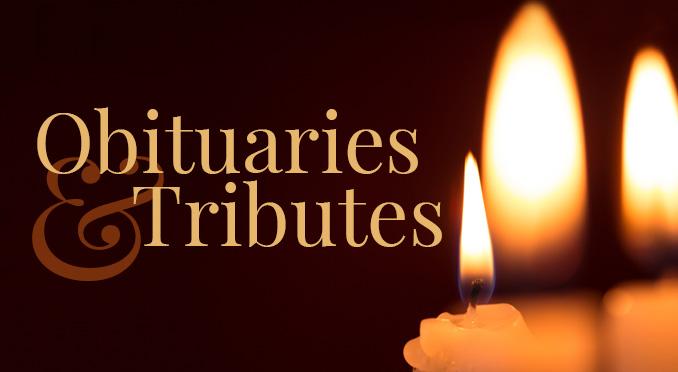Shloshim
The first 30 days following the burial (which include the shiva) are called shloshim, from the word meaning "thirty."
One is still mourning, but during shloshim the laws allow for a gradual reentry into everyday life. For mourners to get up from the shiva and jump back into a normal routine would not be healthy. They are still mourning, even though the intense pain has now become almost bearable. Moments of deep sadness and longing are to be expected, and having these few restrictions reminds them, and reminds the people around them, that this is a process that certainly isn't over.
After the completion of the shloshim, if mourners are mourning anyone but a parent, the official mourning now ends. That means Kaddish is no longer recited and they can resume activities without restriction.
Why 30 days? The Jewish calendar is marked by lunar time. As the moon waxes and wanes in a cycle, the 30 day period of mourning is an opportunity to emotionally come full circle. The process begins with the funeral and first days of shiva, when not even a glimmer of light is seen. As time goes on, the light slowly comes back, fuller and fuller. The 30 days is an important central cycle of time, a time to renew and to come to grips with a new reality.
Of course mourners still feel the pain of the loss, but Judaism recognizes that to a certain degree, the passage of time is able to ease and heal the pain. Being able to return to everyday life freely helps achieve this healing. The shiva was the worst period, the shloshim was very hard, and this stage is bad. In time, it will get better.




